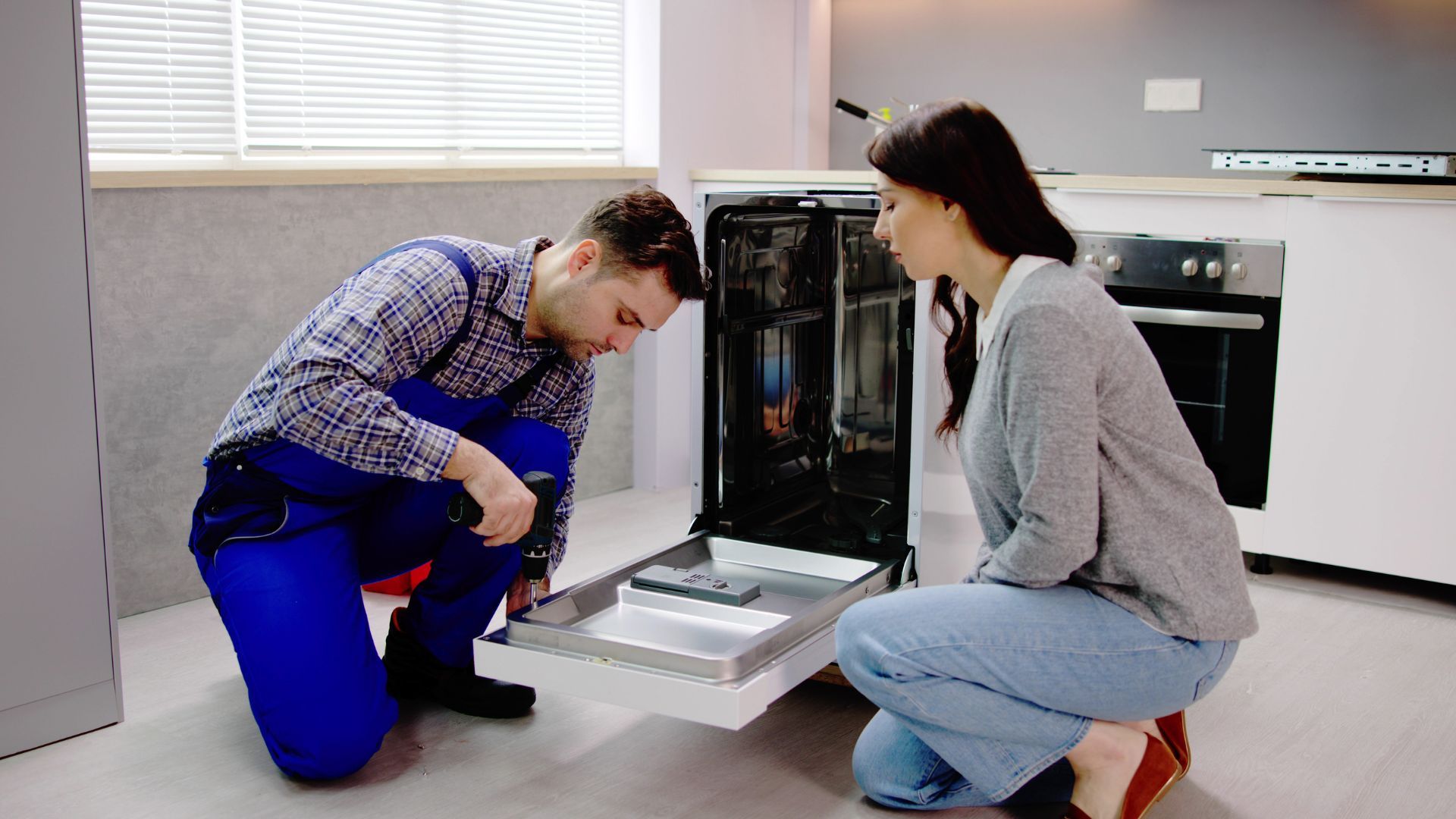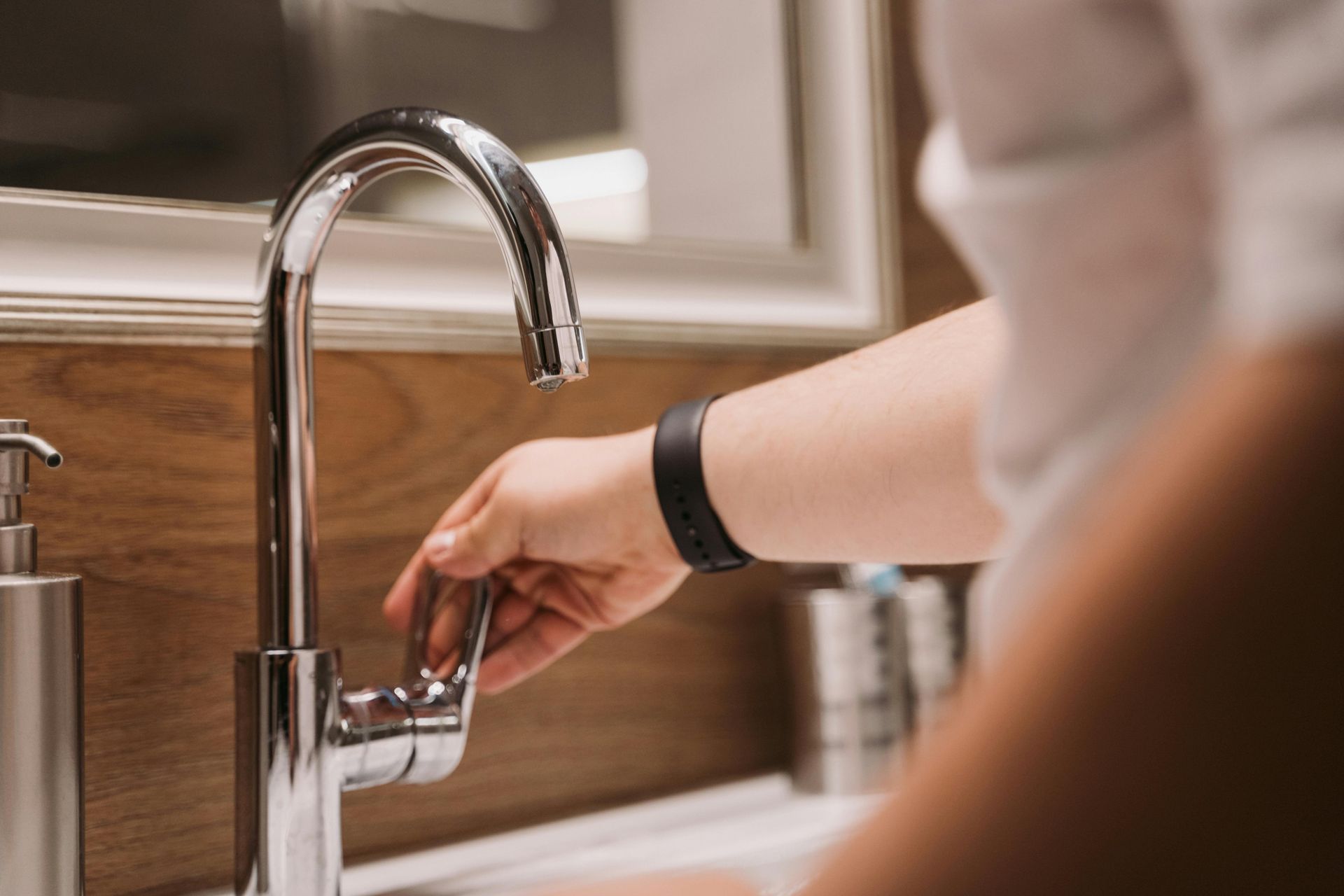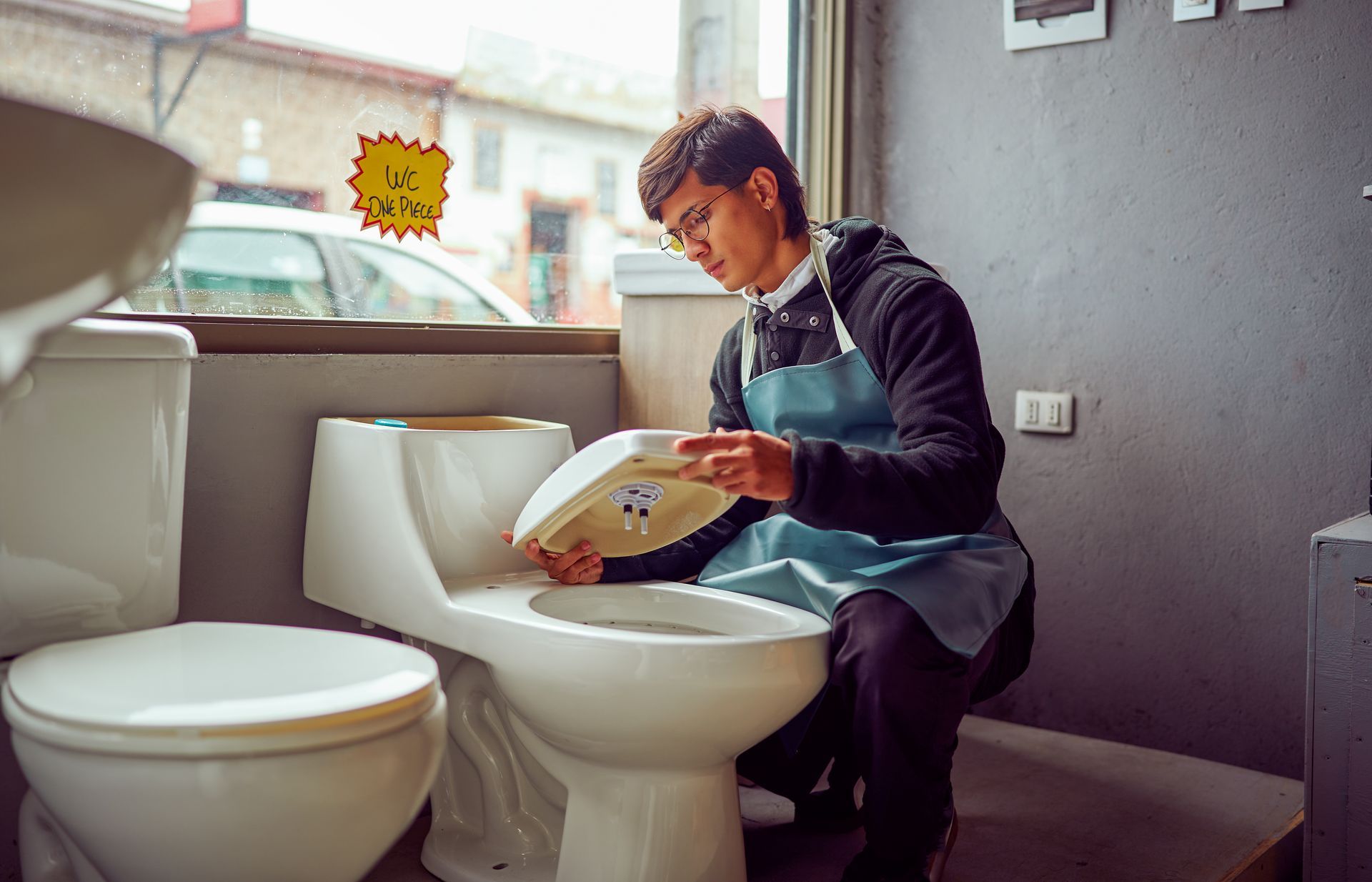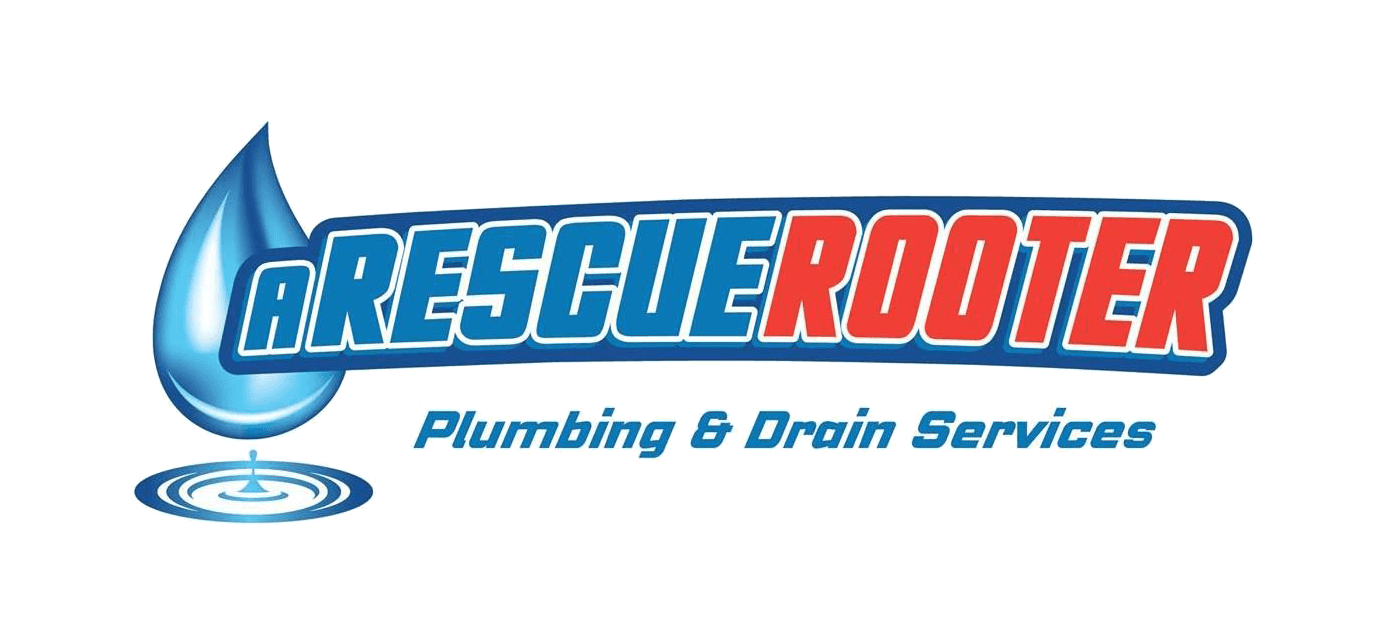How To Repair a Running Toilet
Are you annoyed with the constant sound of a running toilet?
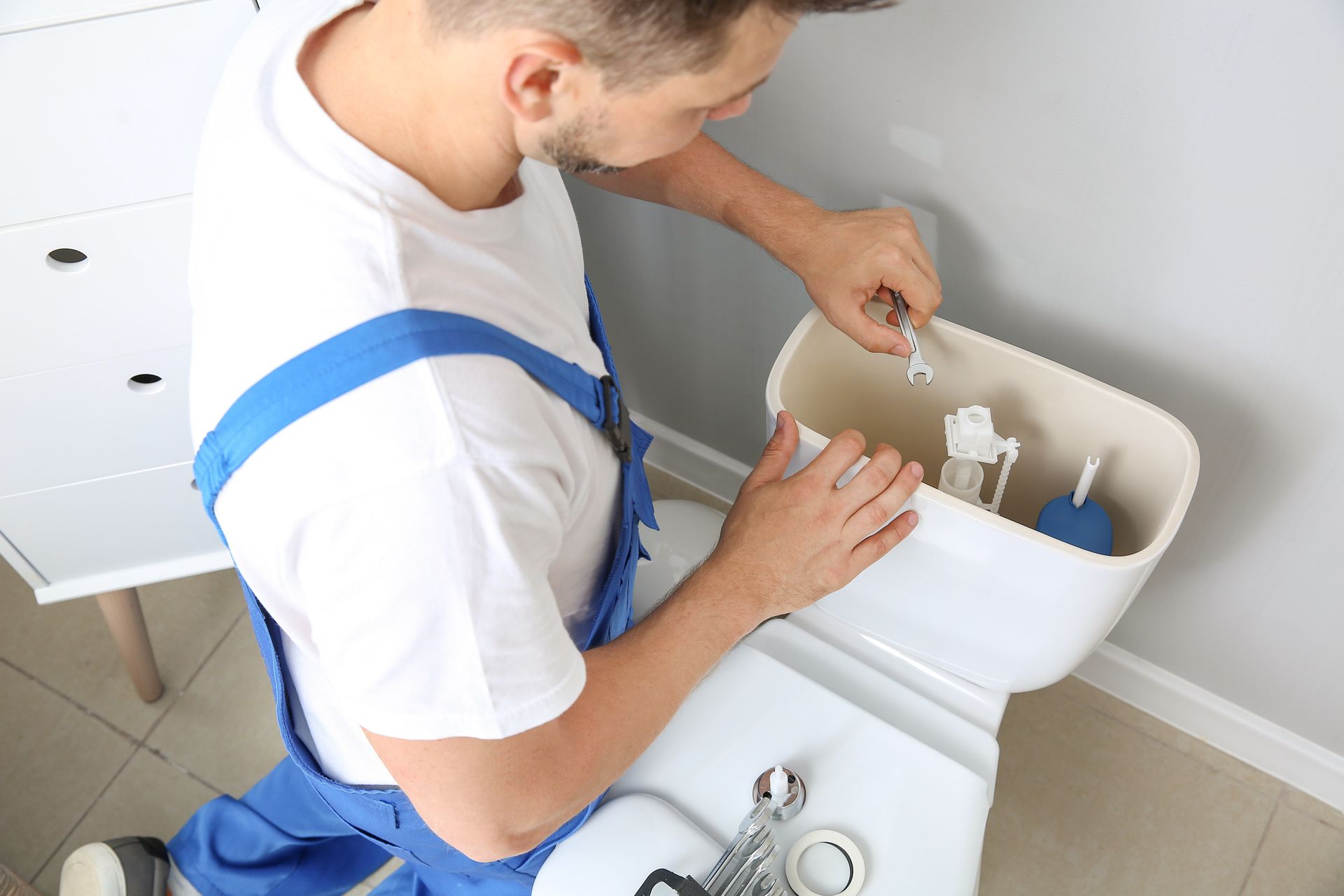
Do you dread hearing that loud, steady drip-drip-drip after each flush? Have no fear — while repairing a running toilet can seem daunting at first, it’s actually not as difficult as it may seem. All you need is a couple of basic home improvement tools and some patience! In this blog post, we will provide an in-depth guide on how to repair a running toilet so you don't have to hear those annoying dripping sounds anymore. Keep reading to learn easy steps to quickly put an end to your water woes!
Diagnose the problem by assessing any water or sound coming from the toilet
When you notice strange sounds or water coming from your toilet, it can be concerning. Fortunately, this can be a sign of a minor issue that can be easily identified and repaired. To diagnose the problem, start by checking the water level in the tank and the bowl. If the water level in the tank is too high or too low, adjust it accordingly. Check to make sure the flapper is properly sealing the drain and not allowing water to escape. Additionally, check the fill valve and float to ensure they are not damaged or malfunctioning. With a little troubleshooting, you can solve the issue and restore your toilet's normal operation.
Shut off the water supply to the
toilet and flush it to drain out any remaining water
When it comes to fixing a toilet, shutting off the water supply and flushing it to drain out any remaining water is an essential step. Not only does it make the process less messy, but it also reduces the risk of any accidental spillage. Too often, small repairs are botched due to improper preparation, leading to bigger (and costlier) problems down the line. Taking the time to properly shut off the water supply and flush the toilet is a quick and easy way to ensure a successful repair. So, the next time you're faced with a wobbly or leaky toilet, don't skip this crucial step!
Disassemble the tank by removing the lid and flapper valve
Taking apart a tank may seem like a daunting task, but with a little know-how it can be done efficiently and quickly. The first step is to remove the lid and flapper valve. This may require some strength, but it's important to be careful not to damage any surrounding parts. Once the lid and flapper valve are removed, you'll have access to the tank's inner workings. With a better view, you can now identify any potential issues and work to fix them. Disassembling a tank may seem intimidating, but with a methodical approach, it can be accomplished with ease.
Clean the flapper valve with a brush and soap, then reinstall it
A properly functioning flapper valve is essential for a toilet to work effectively. If you are experiencing trouble with your toilet flushing correctly, it might be time to give your flapper valve some attention. The good news is that this is a simple fix that you can do yourself. To clean the flapper valve, start by removing it from the toilet and gently scrubbing it with a brush and some soapy water. Be sure to remove any debris or buildup that might be interfering with the valve's operation. Once it is clean, simply reinstall the valve and test your toilet to see if it is flushing properly again. With just a little bit of effort, you can have your toilet working like new again in no time!
Replace any broken pieces such as a gasket seal or flush handle
When it comes to maintaining your toilet, it's important to replace any broken pieces as soon as possible to avoid any further damage or issues. Whether it's a faulty gasket seal or a broken flush handle, it's crucial to address the problem promptly. A faulty gasket seal can result in leaks or even mold growth, while a broken flush handle can make it difficult to properly flush waste away. By taking the time to replace any broken pieces, you can ensure that your toilet functions properly and avoid any potential costly repairs down the line.
Refill the tank with freshwater and test to make sure it's running properly
There's nothing quite like the satisfaction of a job well done, especially when it comes to something as important as your water tank. It's crucial to keep it in good condition to ensure that you have clean and safe water for you and your family. After you've emptied and cleaned your tank, it's time to refill it with fresh water and do a test run to make sure everything is functioning properly. This step is essential in guaranteeing that your system is working at its full potential. By taking these proactive measures, you can rest assured that your water quality is up to par, and you'll be able to enjoy crystal-clear H2O all year round.
Whether your toilet is making strange noises or just not working properly, you should be able to identify and address the most common toilet problems. Taking a few simple steps towards troubleshooting the problem such as shutting off the water supply, flushing, disassembling and cleaning, replacing broken parts, and refilling with fresh water can help get your toilet back up and running again. And if you're still facing trouble after following these tips, don't hesitate to contact a professional like Rescue Rooter who will be glad to help for your
Toilet Repair Hamilton. So keep in mind that plumbing services are always available for any persistent issues that may arise from the inner workings of your toilet. All it takes is some basic diagnostics and knowledge of how toilets work in order to avoid frustration when dealing with plumbing problems. With some patience and a little bit of know-how, you can have your toilet running smoothly and safely again in no time!
